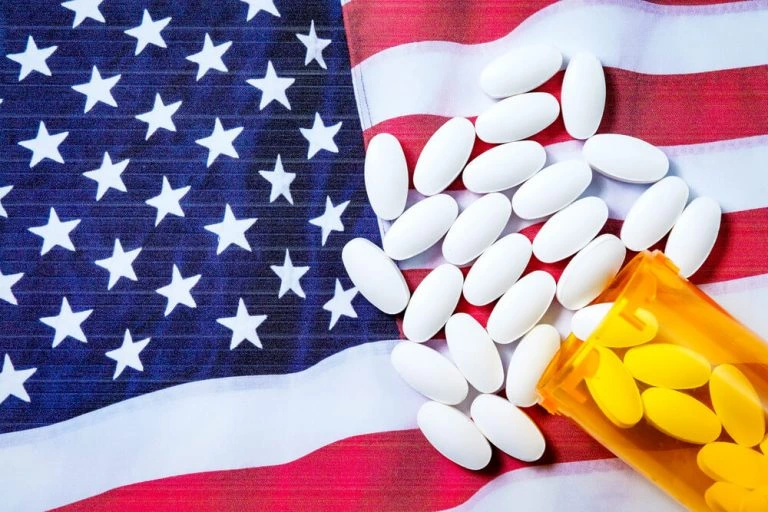Opioid Epidemic Statistics: Mass. Leads Nation in Opioid-Related ER Visits
America faces a crisis in the form of opioid abuse. The ever-evolving epidemic continues to claim many people’s lives and has sparked a large increase in the number of emergency rooms visits, especially in Massachusetts. The opioid epidemic statistics that continue to surface by various government agencies show just how bad it has become in some of the heavily-affected states.

Opioid Epidemic Statistics Reveal That Mass. Leads the Nation in Opioid-Related ER Visits
The Healthcare Costs and Utilization Project released opioid epidemic statistics showing that between 2005 and 2014, the national average for opioid-related inpatient treatments was up by 64.1 percent. Opioid overdose statistics for the same time frame revealed that the number of emergency room visits increased by 99.4 percent.
Massachusetts had over 450 emergency room visits per 100,000 people in 2014 due to opioid-related overdoses. This amounted to an increase of 71 percent from 2009 to 2014 – an amount that is above the national average of 64.5 percent. The opioid epidemic statistics for the state in 2015 showed an increase in the number of times emergency care was needed according to the Healthy Policy Commission. Rhode Island and Maryland are behind Massachusetts in the number of visits per 100,000 people at 298.3 and 300.7 respectively.
The deputy director at the Boston Medical Center’s Injury Prevention Center stated that the number of people that died as a result of overdose from opioids would have been much higher if it weren’t for the campaigns that are in place to encourage people to get help in the event of a drug overdose.
The majority of emergency room visits are due to the growing abuse of fentanyl – an opioid that is fast acting and extremely potent – according to the opioid epidemic statistics by state. It appears that most of the issues in the opioid crisis are as a result of fentanyl as this point in time.
Experts also believe that the sharp increase in the number of emergency room visits could be a reflection of how people are responding to the campaigns that encourage people to find help.
Availability of treatment has also been worked on by adding more beds to facilitate more patients at many of the hospitals. Even so, the majority of hospitals are still being overwhelmed by the sheer number of people that need help on a daily basis.
Even though government agencies and rehab centers have tried to make a difference in the crisis, the opioid overdose statistics of 2016 still showed that nearly 2,000 people lost their lives due to opioids in Massachusetts alone.
State officials pointed out that the increase in hospital visits is a result of the health insurance coverage that many people have in the state and the availability of professional help at hospitals and rehabs, not necessarily an increase in the number of opioid abusers.
The number of people that were admitted into inpatient rehab programs in Massachusetts for 2014 was at a rate of 394 per 100,000 people – closely following Maryland that had 404 people per 100,000. This is far higher than the national average of 225 per 100,000 people.
While opioid epidemic statistics by state are still being worked on by various private and federal agencies, the campaigns aimed at helping people find help for opioid abuse continue to be the best way to deal with the crisis.
If you feel that you may have an addiction to opioids or if someone you care for has become addicted, give Better Addiction Care a call today at (800) 429-7690.






